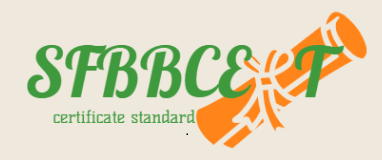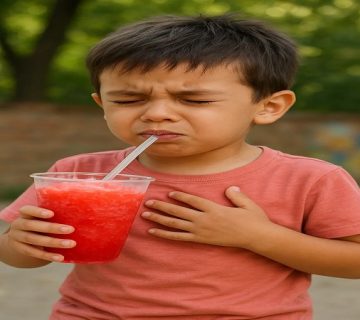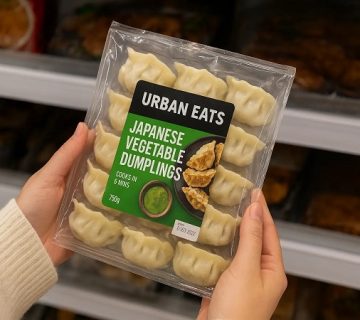The Growing Importance of Food Allergy Awareness
Food allergies are a rising concern in public health, especially among children. A recent study from a pediatric medical center highlights that approximately 8% of children with food allergies also react to gelatin. This finding serves as an important alert for health centers, families, and food manufacturers — especially those pursuing food safety certifications like SFBBcert or adhering to Safe Food Better Business (SFBB) standards.
Key Data from the Study
In a study conducted between April 2022 and August 2025 involving 163 children, the findings were as follows:
-
8% of children showed allergic reactions to gelatin. All of them had a family history of atopy (e.g., asthma or eczema).
-
No statistical correlation was found between reactions and gender or type of milk consumed.
-
The MMR vaccine (measles–mumps–rubella), which contains gelatin, triggered allergic reactions in some cases.
The study recommends skin testing and, where needed, graded vaccine administration. This is particularly important for vaccination centers aiming for certifications like SFBBcert or implementing SFBB standards.
Where Is Gelatin Found?
Gelatin is a hidden yet common ingredient in many food and pharmaceutical products. For individuals with a gelatin allergy, identifying it is essential:
Common sources of gelatin:
-
Commercial gelatin desserts (especially colorful, pre-packaged ones)
-
Gummy candies and jelly-based sweets
-
Flavored yogurts and processed cheese
-
Industrial sausages and cold cuts
-
Diet drinks and low-calorie desserts
-
Soft gel capsules and chewable supplements
-
Certain sweets and chewing gums
For manufacturers and retailers seeking SFBBcert or following food safety labeling protocols, transparent ingredient disclosure is crucial.
How to Identify Gelatin in Products
For individuals with gelatin allergies or those avoiding it for health reasons, consider the following steps:
-
Read ingredient labels carefully: Look for terms like gelatin, hydrolyzed collagen, or animal protein.
-
Contact the manufacturer: When in doubt, reach out for clarification.
-
Choose certified products: Items with SFBBcert or equivalent food safety certifications tend to be more transparent about their contents.
Symptoms of Gelatin Allergy in Children
Common symptoms in children include:
-
Hives and urticaria
-
Shortness of breath and wheezing
-
Nausea and vomiting
-
Anaphylaxis in severe cases
According to the study, most allergic reactions occurred after consuming gelatin-containing food or receiving a gelatin-based vaccine. Raising family awareness about gelatin in both foods and pharmaceuticals can help prevent serious health incidents.
Key Recommendations for Families and Health Centers
For families:
-
Always check product labels.
-
If there’s a family history of allergies, consult a healthcare provider.
-
Ask about the presence of gelatin in medications and vaccines.
For health professionals and food producers:
-
Clearly label products containing gelatin.
-
Before administering the MMR vaccine, perform allergy tests if there’s any history of atopy. If a gelatin-free version is unavailable, skin testing or graded administration is recommended.
These practices not only safeguard children’s health but also help avoid potential legal or regulatory issues.
Clinical and Public Health Implications
-
Revising Pediatric Vaccination Protocols
-
Children with a history of food allergies or atopy should undergo allergy screening before receiving gelatin-containing vaccines.
-
Warning labels should be added to vaccines containing gelatin.
-
-
Raising Parental Awareness
-
Parents should understand that gelatin is not limited to food — it can also be present in vaccines.
-
Pre-vaccine medical consultation is advised for children with a history of asthma, eczema, or food allergies.
-
-
Training Healthcare Staff
-
Doctors, nurses, and vaccination teams must be trained to recognize and manage gelatin allergy symptoms.
-
Major urban health centers should establish screening programs.
-
Conclusion
New research shows that gelatin allergy in children is on the rise, and gelatin is commonly found in both food and pharmaceutical products. Educating families and strictly implementing food safety protocols under standards like SFBBcert can play a key role in preventing health risks and ensuring regulatory compliance.





No comment